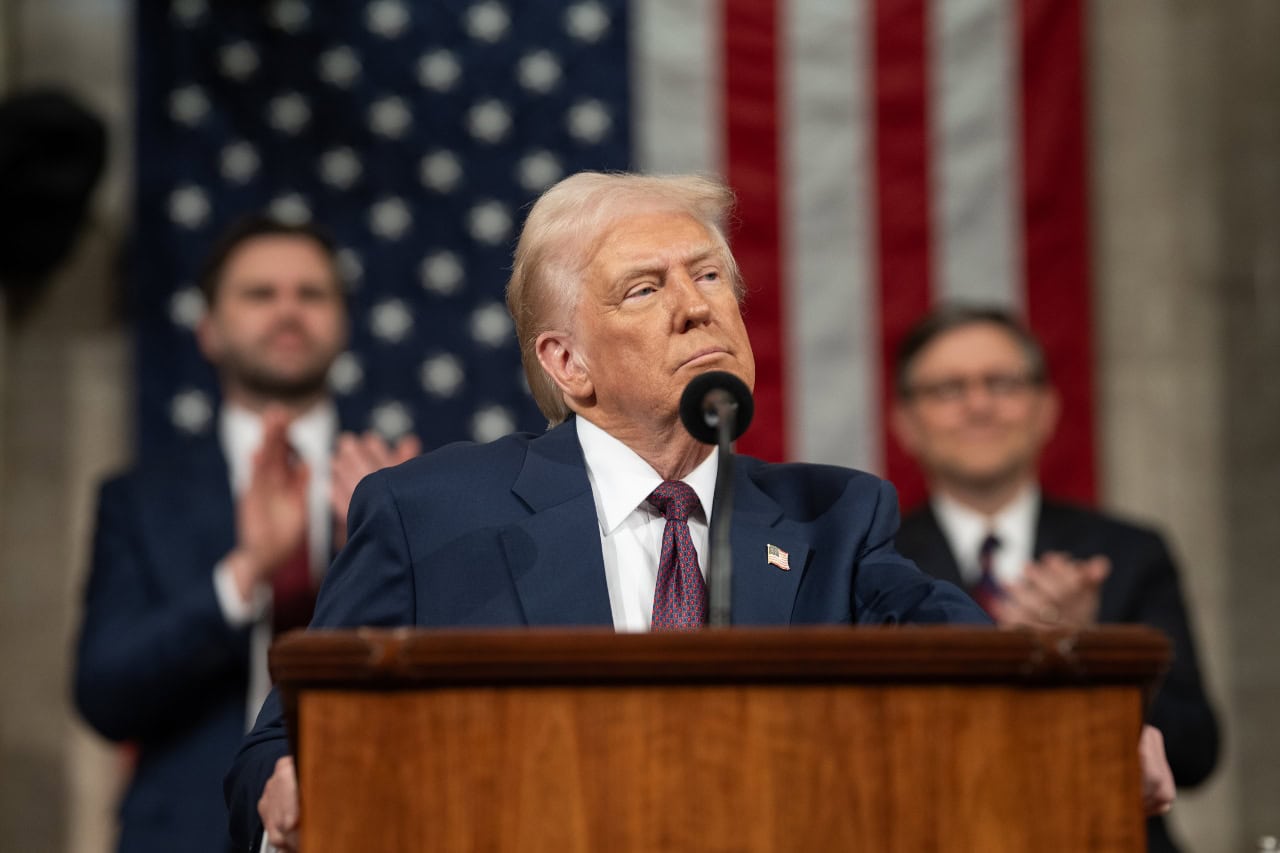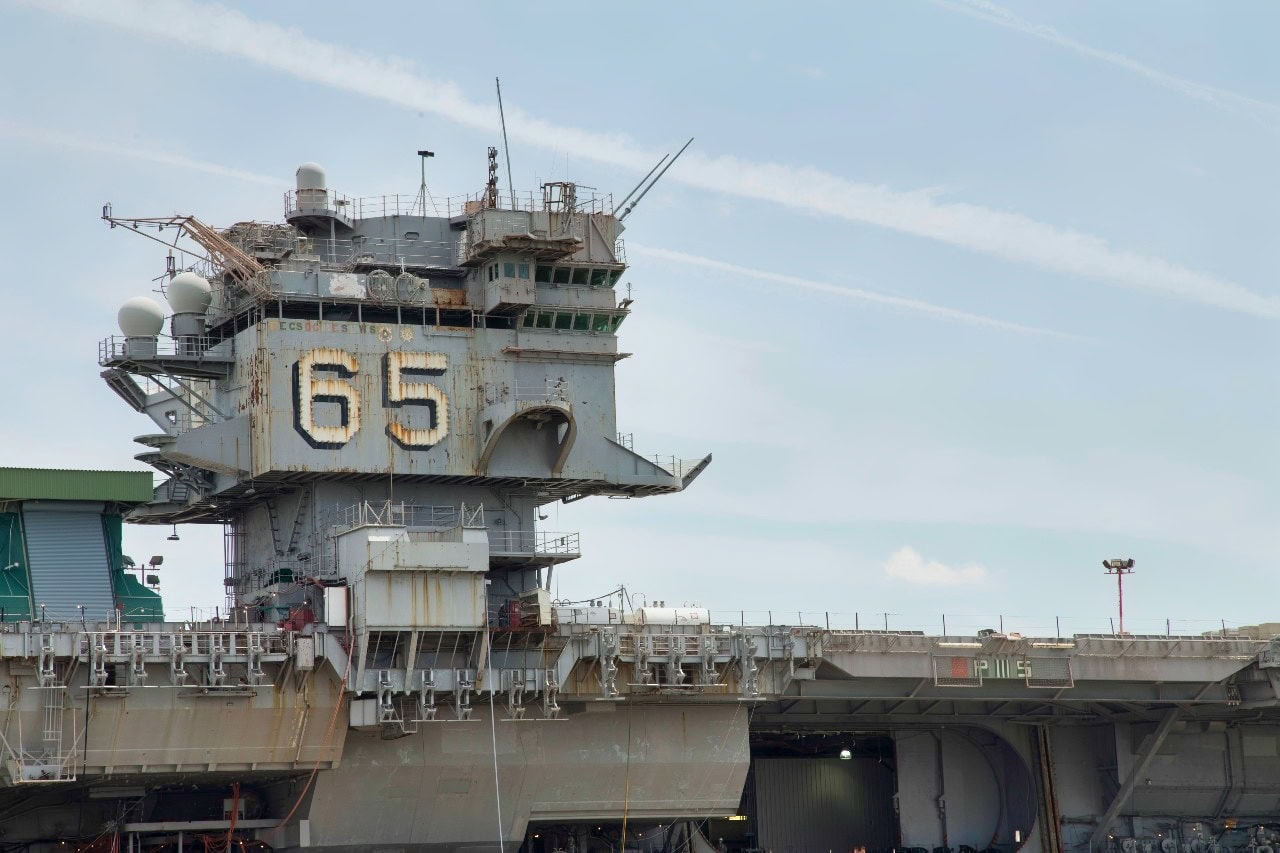Tariffs: Good or Bad for the United States Military? – While the global economy reels from tariffs, the Pentagon’s question now is whether it will be able to secure global supply chains or if previously accessible components will become too expensive or out of reach for the American warfighter.
Tariffs, Tariffs, Tariffs
Though the costs of tariffs are tough to gauge, one outcome can be assessed with some degree of assurance: it relates to both the raw materials that go into weapons production, like steel, lead, copper, and other materials, and the sourcing of more specialized components necessary for higher-end systems like ballistic missiles, anti-armor weaponry, and other specialized munitions that are highly reliant on microchip processors.
If we look at Russia, currently under one of the world’s most intense sanctions regimes, the difficulty of supporting the war in Ukraine becomes evident. Thanks in part to a chip shortage resulting from the blocking of chip acquisition, Russia has been forced to cannibalize chips from other, less sophisticated sources. Most famously, the Russian war machine has reappropriated chips from home appliances to keep the production of ballistic missiles and other munitions ongoing.
Furthermore, the Kremlin has needed to go abroad to fill requirements for some of the most basic munitions, such as artillery shells, mortar rounds, Grad rockets, and other low-tech munitions.
In its effort to source these munitions, Russia has looked to North Korea for weaponry, of all places. While questions about the reliability and quality of those munitions persist, the partial outsourcing of munitions production to North Korea has largely kept the Russian Army relatively well-supplied and often afforded a significant artillery advantage.
On the more advanced side of the military equation, the Kremlin has leveraged Iranian expertise to further its war aims in Ukraine through the use of long-range kamikaze drones, Shaheds in Iranian service, otherwise known as Geran drones when used by the Russians.
The American Connection?
Given the interconnected nature of today’s global supply chains and the difficulty the United States would initially have in supplying both high-end components like microprocessors and lower-end munitions like dumb artillery shells and mortar rounds, the current round of tit-for-tat tariffs does not help secure supply chains and the defense industrial base.
On the chips front, both Taiwan and the Netherlands are crucial to maintaining the American military edge.
Taiwan is the home of TSMC (Taiwan Semiconductor Manufacturing Company), the world’s most advanced chip foundry. TSMC manufactures the lion’s share of curing edge chips used in anything from smartphones and AU processors to advanced military systems. A number of global technology leaders—including the United States’s biggest and most important tech firms such as Apple, Nvidia, and AMD, rely heavily on TSMC to produce their most sophisticated semiconductors. Indeed, in the short term and the medium—potentially even the long term—there is no replacement for TSMC, given the island’s concentration of manufacturing expertise, infrastructure, and intellectual property. TSMC is simply the best in the world, and tariffs on that island democracy hurt the United States.
Likewise, the Netherlands is home to AMSL, the only company in the world capable of producing extreme ultraviolet (EUV) lithography machines, which are absolutely crucial for making the world’s most advanced chips. Without ASML’s machines, companies like TSMC, Samsung, and Intel cannot produce leading-edge semiconductors. ASML’s technology is protected and heavily restricted for export, making it a strategic chokepoint in the global supply chain — and one that the United States would be wise to foster and not crush via tariffs.
Taken together, Taiwan and the Netherlands—both historic American allies—are hugely important for the United States in preserving our qualitative military edge. The current administration is harming the future availability of global chips and production by making the business environment more difficult for both those countries and companies, thanks to the disruptive effects of tariffs.
“There’s going to be shortages of supplies, tit-for-tats, and our allies and other partners are going to retaliate,” said Bill Greenwalt, a former Pentagon acquisition official recently told POLITICO.
“Some potentially vital supplies are either going to cost a whole heck of a lot more than what they did, or they’re just not going to be available.”

President Donald Trump delivers his Joint address to Congress, Tuesday, March 4, 2025, in the House Chamber of the U.S. Capitol in Washington, D.C. (Official White House Photo by Daniel Torok).
The United States Department of Defense has spent decades fine-tuning an intricate web of supplies, from uranium for submarines to exotic metals for high-tech aerospace projects. Without any defense exemptions, the current administration jeopardizes production for the United States and other allies abroad dependent on American weapon systems.
What Happens Now
Strategic management of supply chains, particularly of crucial materials relevant to warfighting, is essential, as are specific, targeted exceptions for countries critical to that mission—with a particular focus on countries like Taiwan and the Netherlands. Mitigating the long-term fallout of tariffs while enhancing American security and military readiness will be of utmost importance in the coming years.
About the Author: Caleb Larson
Caleb Larson is an American multiformat journalist based in Berlin, Germany. His work covers the intersection of conflict and society, focusing on American foreign policy and European security. He has reported from Germany, Russia, and the United States. Most recently, he covered the war in Ukraine, reporting extensively on the war’s shifting battle lines from Donbas and writing on the war’s civilian and humanitarian toll. Previously, he worked as a Defense Reporter for POLITICO Europe. You can follow his latest work on X.

